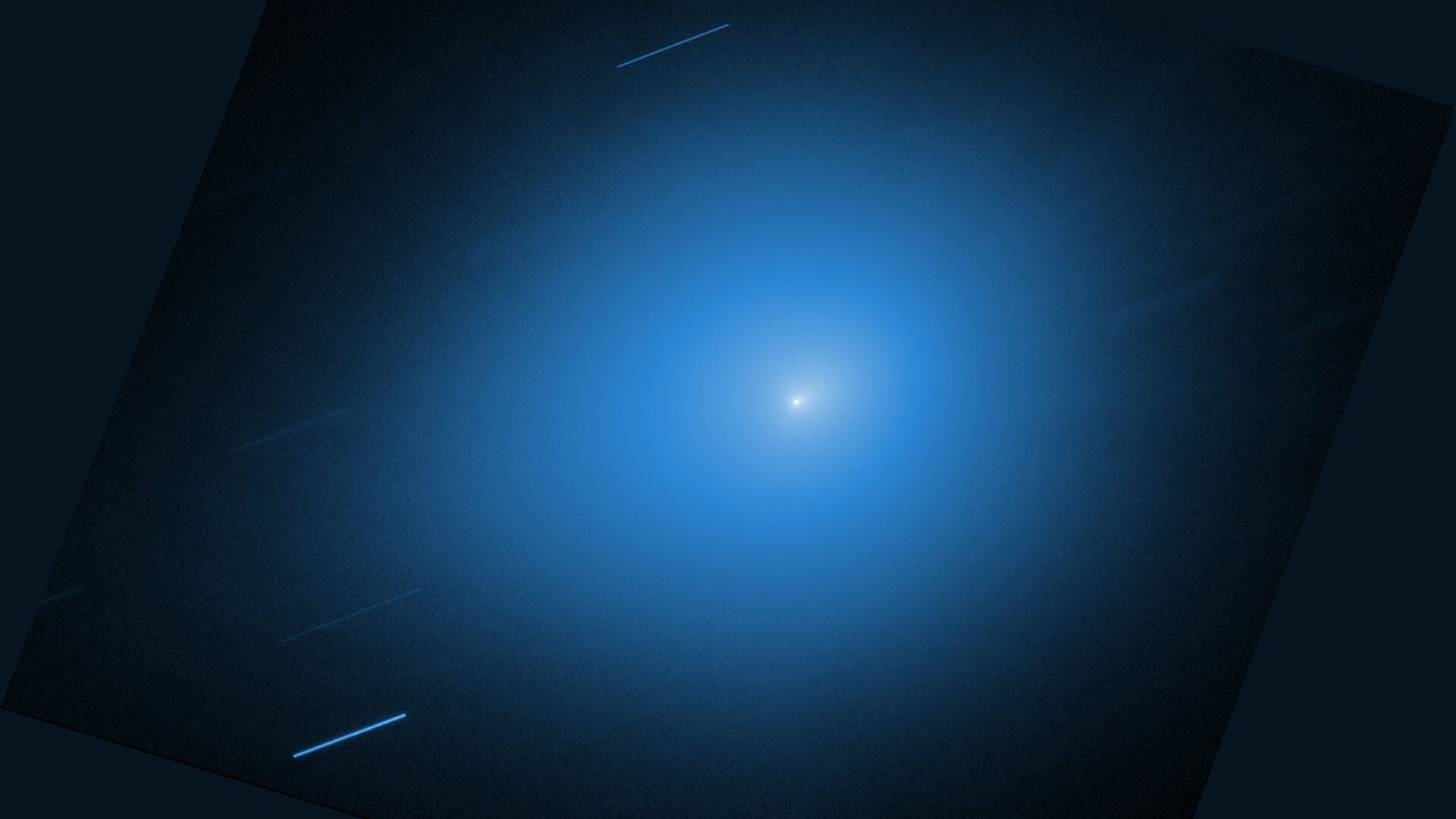After Discovery's Launch, NASA Looks Toward Safety

CAPECANAVERAL, Fla. - While Tuesday's near flawless launch of the space shuttleDiscovery is a major win for NASA, there is still a long road ahead to ensurethe success of its mission and integrity of the spacecraft, mission managerssaid just after the space shot.
"We'veaccomplished a tremendous amount, but this is the launch," said William Readdy, NASA's associate administrator of space operations,during a post-launch press briefing. "We've got 12 days of orbitaloperations to do and then we've got to get Discovery safely back home."
Discovery'sSTS-114 mission is NASA's first shuttle flight since the 2003 Columbiadisaster, which left seven astronauts dead, destroyed one orbiter and haltedthe space agency's shuttle program.
Shuttleofficials said it would take at least five more days to process all the newimagery, radar data, wing leading edge sensors and orbital photographs ofDiscovery to fully understand how the orbiter weathered its launch.
"By FlightDay 6 [July 31] we expect to have a full story put together, have all theinterpretation done and a complete knowledge of the status of the orbiter,"NASA's deputy shuttle program manager Wayne Hale told reporters. "We are goingto know, without a doubt, the status of the [orbiter's] thermal protectionsystem before the Discovery crew comes home."
Discoveryand its STS-114 crew, commanded by veteran astronaut Eileen Collins, punchedthrough a blue, cloud-dotted sky at 10:39 a.m. EDT (1439 GMT) today. The spaceshot marked the first time in more than two years that NASA has launched anorbiter laden with a human crew.
"Take noteof what you saw here today," NASA chief Michael Griffin told reporters. "Thepower and the majesty of launch, of course, but also the confidence and theprofessionalism, the sheer gall, pluckiness grittiness of this team that pulledthis program out of the depths of despair and made it fly."
Breaking space news, the latest updates on rocket launches, skywatching events and more!
BeforeDiscovery's STS-114 launch, NASA's shuttle fleet was grounded due to the lossof the Columbia astronauts and their orbiter during the STS-107 mission.Columbia broke apart during reentry on Feb. 1, 2003 after sustaining wingdamage from external tank launch debris during liftoff 16 days earlier.
Since then,NASA engineers have strived to build what they bid as their safest externaltank, complete with new heaters to prevent ice debris formation and newinsulation foam applications to prevent shedding during launch.
"I thankthe men and women of NASA who have dedicated themselves to putting our spaceprogram back on track,'' President George W. Bush said in a statement. "Ourspace program is a source of great national pride, and this flight is anessential step toward our goal of continuing to lead the world in spacescience, human space flight, and space exploration.''
There wassome question during the post-launch briefing over an apparent debris sourcethat appeared to peel off Discovery's external tank and pass harmlessly by theorbiter during the launch, but mission managers said they had not seen thevideo, and would not be able to comment until further study was performed.
"Our guysare going to take a real serious look at the end-to-end footage," Griffin said."The guys are going to take a professional look at every frame of footage thatwe have from every camera that we have...these are test flights right now,"Griffin said. "The primary object under test is the external tank and all ofthe design changes NASA made so that we would never have a repeat of[STS]-107."
Meanwhile,shuttle officials said radar tracking of Discovery's ascent showed no debrisshedding up until solid rocket booster separation, when a number of knowndebris sources are created. An imaging experiment that used two high-altitudeWB-57 aircraft as imaging platforms for visible and infrared telescopes towatch the launch also apparently performed far beyond expectations, andapparently observed Discovery's ascent from liftoff through main enginecut-off.
"Those willbe some views that we've never seen before," Hale said, adding that it willstill be at least another day until those images come in.
But despitethe technical achievements of Discovery's landmark shuttle flight, the launch'semotional impact was not lost on the mission managers.
"I reallycan't tell you what this means today," said a moved Bill Parsons, NASA's spaceshuttle program manager, of the launch. "We've still got some work to do, thenwe'll bring the crew home safely, then we'll fly another one."
Thefollow-up to Discovery's return to flight mission, Atlantis' STS-121spaceflight, is set to launch in September on a second shuttle test flight,NASA officials said.
"Therewill only be one more thing better than this launch," said NASA launch director Michael Leinbach duringthe briefing. "And that will be landing in 12 days."
- Fixing NASA: Complete Coverage of Space Shuttle Return to Flight

Tariq is the award-winning Editor-in-Chief of Space.com and joined the team in 2001. He covers human spaceflight, as well as skywatching and entertainment. He became Space.com's Editor-in-Chief in 2019. Before joining Space.com, Tariq was a staff reporter for The Los Angeles Times covering education and city beats in La Habra, Fullerton and Huntington Beach. He's a recipient of the 2022 Harry Kolcum Award for excellence in space reporting and the 2025 Space Pioneer Award from the National Space Society. He is an Eagle Scout and Space Camp alum with journalism degrees from the USC and NYU. You can find Tariq at Space.com and as the co-host to the This Week In Space podcast on the TWiT network. To see his latest project, you can follow Tariq on Twitter @tariqjmalik.
